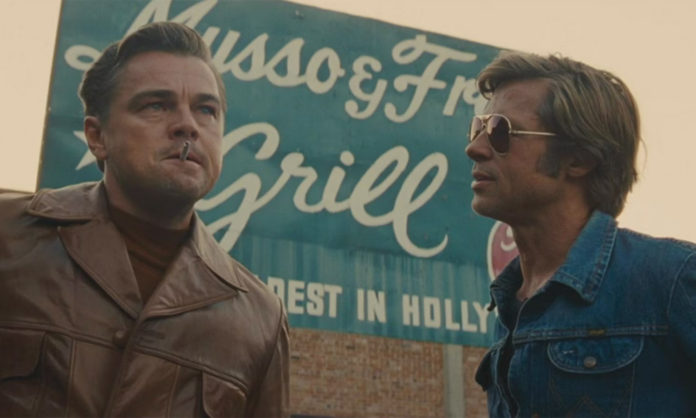In a guest post on C.S. Lakin’s blog, Yasmin Chopin offers advice on writing about place in fiction. “When place is an essential part of the story, it should be as authentic and whole as any protagonist,” she writes. “When place is more than a backdrop, it takes on a symbolic role that can be portrayed in a variety of ways, from the naming of place to its architecture and weather.”
Establishing place in your fiction requires time, both in the location (or studying it) and on the page. Chopin recommends identifying small details and expanding from there. “Treat places like personalities, learn to love them, see them clearly in your mind’s eye, dress them, give them conflicting characteristics, and put them through hell and back,” she says.
Chopin makes five suggestions for writing place:
- Character development.“Let the reader appreciate fully rounded descriptions of place from the characters’ point of view,” she says. “Responses to place will vary depending on, for instance, the time of day, seasonal weather conditions, or the character’s mood at any given moment.”
- Sensory perception. Sensory details will help your reader experience your setting as if they’ve been there.
- Place as anchor. Choose a place that will anchor your novel. “A specific location, such as a meeting place, facilitates exchanges of dialogue and provides familiarity for the reader if it is used on multiple occasions,” Chopin explains. “Zoom in on at least one—a playground, café, or hotel reception, for instance—and let your readers get to know it so well that they could describe it to their friends.”
- Emotional triggers. Significant locations in your novel can trigger your characters’ emotions, conflicts, and changes. Even mementoes of place can have the same effect. “In literature, triggers become trope-like through repetition; they can be visual or aural to evoke the precise emotions necessary for your story—a front door opens, a clock ticks, a carousel rotates to the sound of looped circus music,” Chopin writes.
- Time travel. Use place to heighten the emotion in your scenes. “Place is a platform, a stabilizing force, just as the present is in your structuring of tense; place is a base on which time stands still if you want it to, or you can make it fly,” Chopin says. “As author, you are an instigator of time travel, and place helps you move the story forward or backward along a timeline.”












